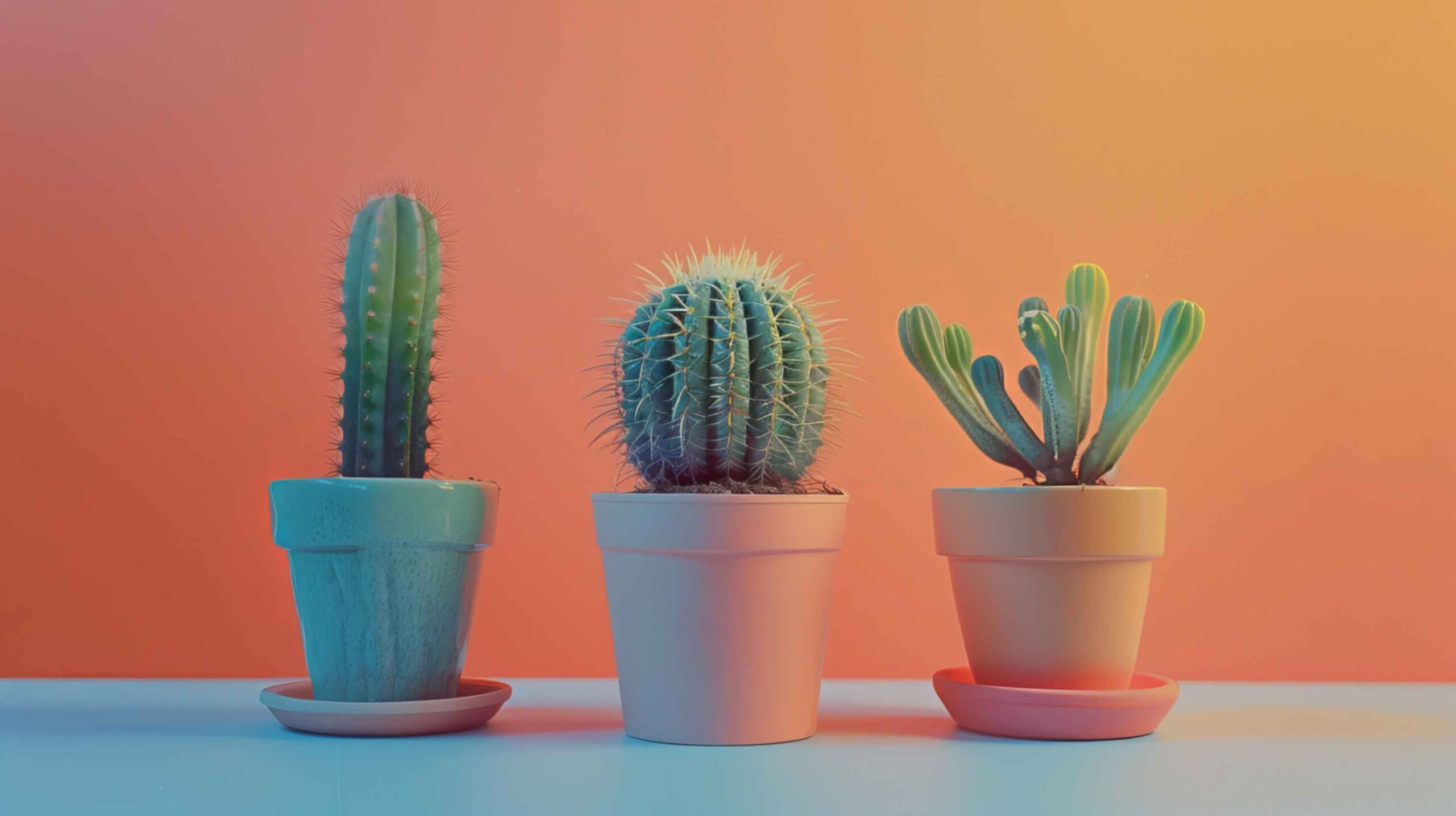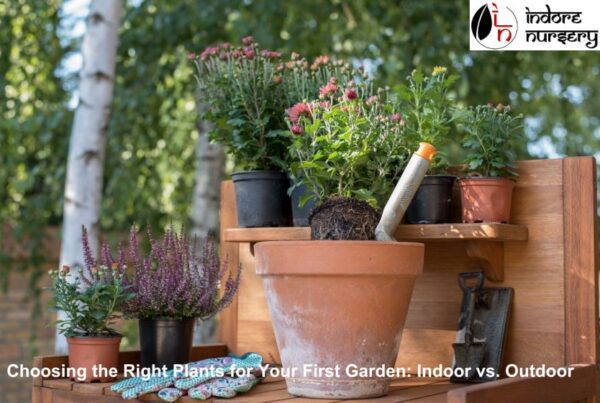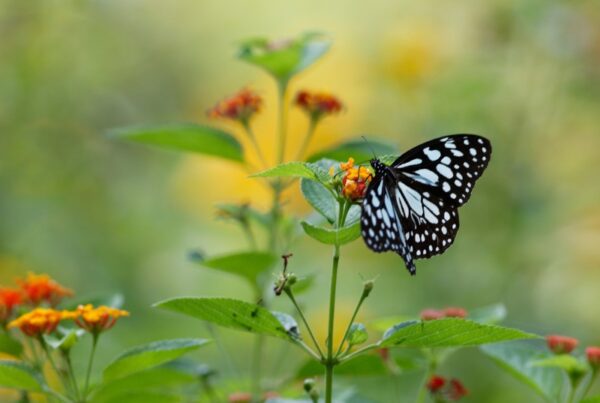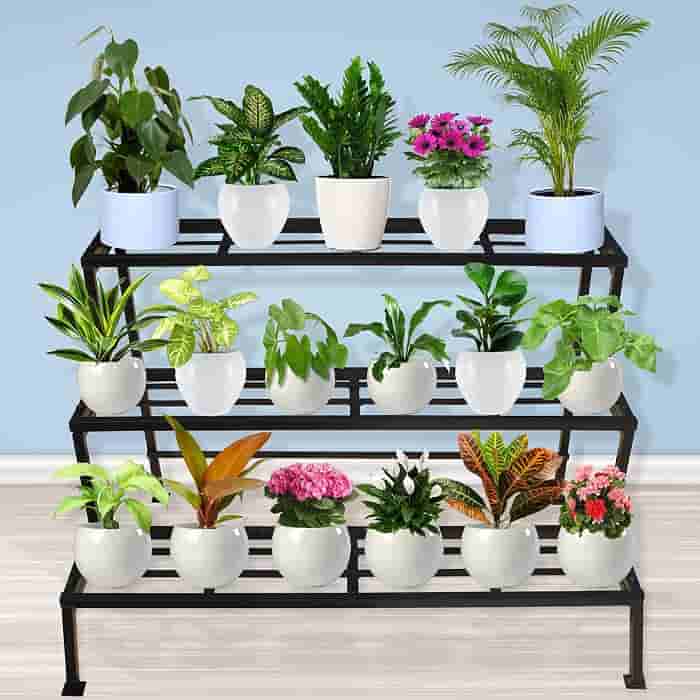Popularity of Succulents in India:-
Succulents have become very popular among Indian plant lovers because they’re easy to care for, look unique, and can grow well in various climates. They’re perfect for city dwellers who have limited space for gardening. Succulents come in many shapes, colours, and textures that fit modern home decor trends. Their ability to survive with minimal water also appeals to people in a country where water conservation is crucial.
Why Succulents Are Favorites:-
Succulents are loved for being low-maintenance and adaptable. They need very little water and can survive in dry conditions, which suits places with irregular rainfall. They’re also easy to propagate from cuttings, making them popular among gardeners who want to expand their plant collections effortlessly. With indoor gardening gaining popularity, succulents bring greenery into homes and offices effortlessly.
How to Care Succulent:-
Taking care of succulents involves using well-draining soil to avoid root rot, providing plenty of sunlight (direct or bright indirect light), and fertilizing occasionally during their active growth period. Watering should be infrequent, allowing the soil to dry out completely between waterings to prevent overwatering. Regularly check for pests and diseases and prune as needed to maintain their shape and promote healthy growth.
Choosing the Right Succulents for Indian Climate:-
Best Succulent Varieties for India
Succulents are very popular in India because they are easy to care for and look beautiful.
- Aloe Vera: Famous for its medicinal properties, Aloe Vera grows well in India’s tropical and subtropical climates. It needs well-drained soil and lots of sunlight, making it perfect for gardens or sunny windows.
- Echeveria: These succulents have rosette-shaped leaves in various colours and do well in semi-arid regions with moderate temperatures. They need bright sunlight and minimal watering.
- Sedum: Drought-tolerant succulents like Stonecrop and Burro’s Tail thrive in hot and dry climates. They’re great for rock gardens or pots, needing little water and good drainage.
- Haworthia: Small succulents with striped or spotted leaves that prefer bright but indirect sunlight. They’re good for both indoors and outdoors.
- Crassula: Varieties like Jade Plants and String of Buttons do well in warm Indian climates. They like moderate sunlight and occasional watering, growing nicely in pots or gardens.
Where to Buy Succulents in India
You can buy succulents easily in India through local nurseries and online stores:
– Local Nurseries: Visit nurseries in cities like Bangalore, Mumbai, and Delhi for a wide range of succulents suited to local climates.
– Online Stores: Websites like NurseryLive, Ugaoo, and Amazon India offer many succulent varieties with options for different pot sizes, and they deliver across the country.
Soil and Potting Mix:-
Ideal Soil Composition for Succulents
Succulents need special soil to thrive because they don’t like too much water. Here’s what makes the best soil for them:
1. Characteristics of Ideal Soil:
– Well-Draining: Succulents don’t like wet soil, so their soil should let water pass through quickly.
– Aerated: Good airflow through the soil helps their shallow roots get enough oxygen.
– Low Nutrients: Succulents prefer soil that isn’t too rich in nutrients because too much can harm them.
2. Importance of Well-Draining Soil:
– It stops water from sitting around the roots, which can cause root rot—a common problem for succulents.
– Good drainage helps them grow well and mimics the dry conditions they like in their natural habitats.
3. DIY Potting Mix Recipes:
– Basic Mix: Mix coarse sand or perlite, garden soil or peat moss, and perlite or pumice.
– Cactus Mix: Mix sand or perlite, potting soil, and coarse gravel or pumice.
– Sandy Mix: Mix sand or gravel, peat moss or coconut coir, and perlite or vermiculite.
Adjust these mixes based on your climate and your succulents’ needs to help water drain fast but still give roots enough support.
4. Creating the Perfect Soil Mix at Home:
– Gather Ingredients: Get coarse sand, perlite, pumice, potting soil, and something organic like peat moss or coconut coir.
– Mix Thoroughly: Combine them in the right amounts so it’s all mixed well together.
– Check Consistency: The soil should feel loose and gritty, letting water flow through easily.
– Use for Planting: Put your succulents in pots or garden beds with this soil mix. Make sure pots have holes for drainage.
Seasonal Care Tips for Succulents
Summer Care:
- Watering: Water more often, ensuring soil drains well. Water deeply when the top inch of soil is dry.
- Sunlight: Place in the morning sun but shade from intense afternoon heat to prevent sunburn.
- Protection: Provide shade during hot afternoons and ensure good air circulation to avoid fungal issues.
- Pots and Soil: Use pots with drainage holes and avoid soil that holds too much water.
- Maintenance: Remove dead leaves and flowers to promote new growth and prevent pests.
Monsoon Care:
- Watering: Reduce watering due to increased rain. Protect from heavy rain to avoid waterlogged soil.
- Protection: Shelter from rain, ensure airflow, and elevate pots to prevent waterlogging.
- Air Circulation: Trim overcrowded growth for better airflow and watch for rot or mold.
- Pots and Soil: Use well-draining pots and soil, check drainage, and treat any mold promptly.
Winter Care:
- Watering: Water less as succulents rest. Water only when the soil is completely dry.
- Sunlight: Place in sunny spots, and protect from frost and cold drafts.
- Temperature: Shield from extreme cold with indoor placement or frost cloths.
- Pots and Soil: Use insulating pots and well-draining soil to protect roots.
- Maintenance: Remove dead leaves, inspect for pests, and adjust care based on local climate.
Temperature and Humidity Considerations :
Ideal Temperature Range for Succulents
Succulents, renowned for their resilience and striking beauty, thrive in diverse climates, including India’s varying temperatures. Understanding their ideal temperature range is crucial for ensuring their health and longevity.
In India, succulents generally prefer temperatures ranging from 18°C to 32°C. This range accommodates the country’s diverse climates, from the cooler regions of the north to the hot and humid conditions in the south. Succulents like Echeveria and Sedum flourish in warmer temperatures, while varieties such as Haworthia and Sempervivum tolerate cooler climates with ease.
Adapting to India’s Varying Temperatures
To adapt succulents to different Indian climates:
- Warm Climates: Provide ample airflow and partial shade during peak sunlight hours to prevent overheating and sunburn. Water sparingly but deeply to avoid waterlogging in the heat.
- Cooler Climates: Place succulents in well-lit areas to maximize sunlight exposure. During colder months, protect them from frost and provide insulation or move them indoors when temperatures drop significantly.
Managing Humidity Levels
While succulents thrive in arid conditions, managing humidity levels in India can be challenging, especially during monsoons. Here are tips to maintain optimal humidity:
- Use Well-Draining Soil: Ensure pots have drainage holes and use a well-draining soil mix (such as cactus or succulent mix combined with perlite or sand) to prevent water retention that can lead to root rot.
- Control Watering: Adjust watering frequency based on humidity levels. Increase intervals during high humidity to prevent moisture-related issues.
- Air Circulation: Promote airflow around plants by spacing them adequately and avoiding overcrowding. This reduces humidity buildup and minimizes the risk of fungal infections.
Conclusion:-
Successfully cultivating succulents in India requires attention to temperature preferences and humidity management. By understanding their ideal temperature range, adapting to diverse climates, and implementing effective humidity control measures, enthusiasts can enjoy vibrant, resilient succulents year-round. Whether in the heat of summer or the cool of winter, providing optimal conditions ensures these plants thrive and continue to grace gardens and homes with their unique charm and beauty.










Recent Comments